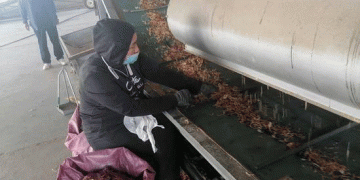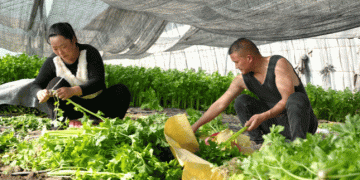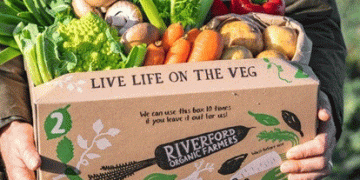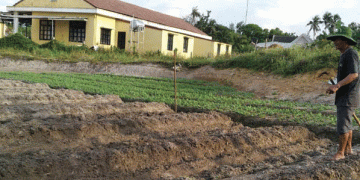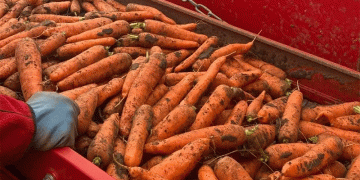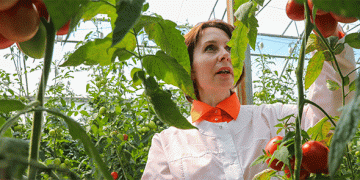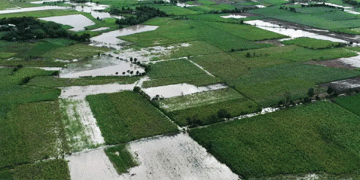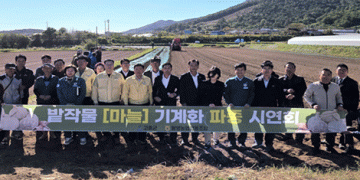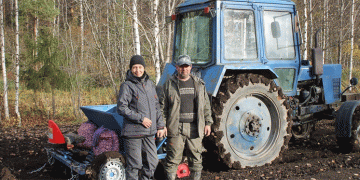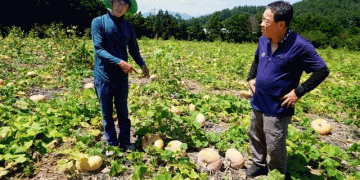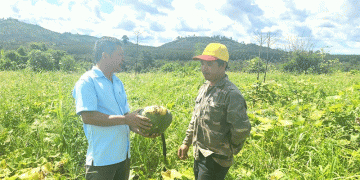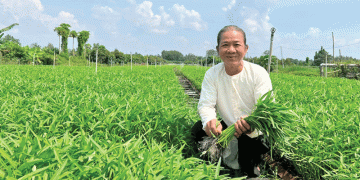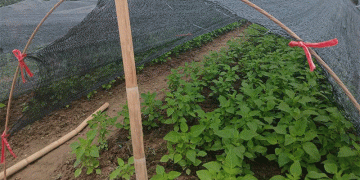In Shache County, on the fringes of the Taklamakan Desert, the autumn harvest is showcasing a successful model of agricultural development. The Shache Honghuo Chili Processing Farmers Professional Cooperative is at the heart of this transformation, having purchased nearly 4,000 tons of fresh chilies from local farmers this season at a guaranteed price of 4 RMB per kilogram. This “order agriculture” model, where the cooperative provides seedlings and technical guidance at the start of the season, ensures a stable market and income for growers. In the nearby village of Youkuri Dunwusitang, farmers can yield 1.5 tons per mu, generating revenues between 4,000 and 6,000 RMB per mu, creating a powerful financial incentive for cultivation. This system has enabled the wasteland town to expand its chili cultivation to 2,600 acres, directly boosting household economies.
The strategy extends beyond simple procurement. The cooperative has invested in localized primary processing, operating drying equipment for chilies and peeling machines for onions sourced from Shufu County, which is renowned for its high-quality onions due to superior water conditions. This on-site processing adds value, reduces post-harvest losses, and creates local employment, with wages for factory workers ranging from 3,500 to 5,000 RMB. This aligns with broader trends in China’s agricultural policy, which strongly emphasizes the development of entire industrial chains to capture more value in rural areas. According to China’s 2024 “No. 1 Central Document,” a key policy priority is to “develop agricultural product processing, preservation, and storage to enhance value-added capabilities.” The efforts in Kashgar are a direct implementation of this directive, moving the region beyond raw production. The wider Kashgar Prefecture has stabilized its vegetable cultivation area at 1.5 million mu, with an expected output of 4.2 million tons, indicating the significant scale of this industry.
The success of the cooperative model in Kashgar demonstrates that the path to rural revitalization is paved with market integration and value addition, not just increased production. By de-risking cultivation for farmers through guaranteed orders, investing in essential primary processing infrastructure to reduce waste and create jobs, and leveraging regional comparative advantages, a sustainable and resilient agricultural system is being built. This integrated approach, which secures income at the farm gate and builds value chains in the countryside, offers a replicable template for arid and marginal regions seeking to transform their agricultural sectors and achieve genuine rural prosperity.
